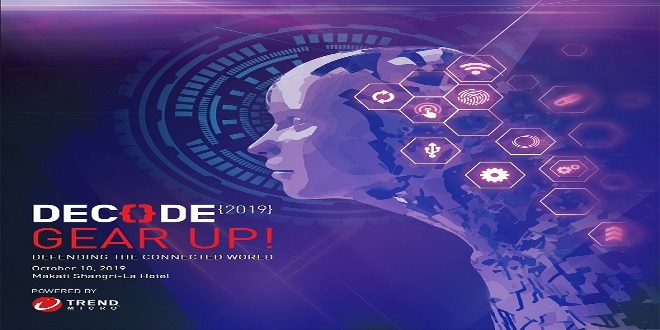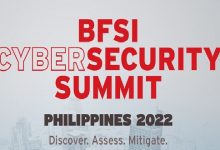
(Manila, Philippines) – The evolution of disinformation campaigns—or what people know as “fake news”—is posing a greater threat than what many of us can think of. Aside from being a tool for cyber-extortion, an emerging trend called “Deepfake Technology”—a term used for a collection of different AI based image manipulation techniques—has the potential to produce fake video and audio clips for cybercriminals illegally connect money from individuals, government institutions, and private companies globally.

“In the early ages of hacking, attacks carried out manually by attackers. Now, the most damaging attacks carried out directly by very skilled human attackers again using effective tools creatively.”

Deepfake Danger
McArdle predicts that attackers will combine Deepfake Technology with some of today’s extortion-based ransomware to form business models that make successful cyber-crime attacks against organizations. In the next 12 months, McArdle also foresees the following trends in the threat landscape:

• “Post intrusion” ransomware will significantly increase, and attackers will focus on organizations that provide critical services and infrastructures.
• Cybercriminals will go deeper into banking networks, focusing on the manipulation of interbank networks and attacks targeting ATMs.
• Underground hosting, i.e., how cyber-crime-related sites and services hosted, will evolve and will see greater collaboration and the stronger supply chain.
These pressing concerns and more came into focus in DECODE, an annual cybersecurity conference organized and facilitated by Trend Micro Philippines on October 10, 2019.

Now on its third year and with the theme “GEAR UP: Defending the Connected World,” the summit gathered close to a thousand local IT and technology professionals from various parts of the country to orient them about the latest in the threat landscape, industry trends and new technologies, and to empower them to secure the digital infrastructures of their organizations.







